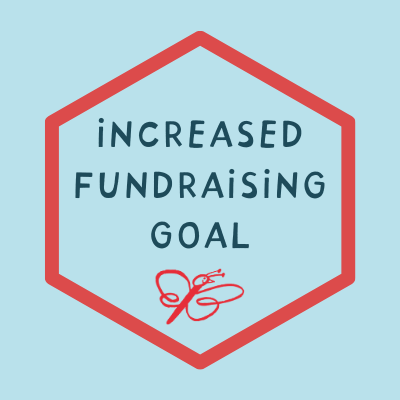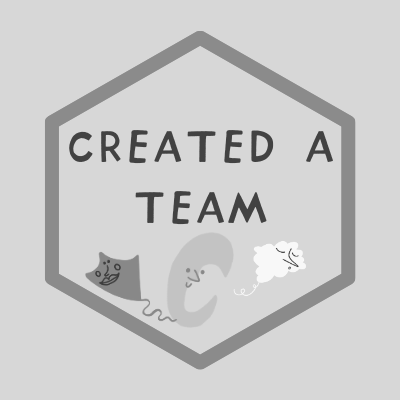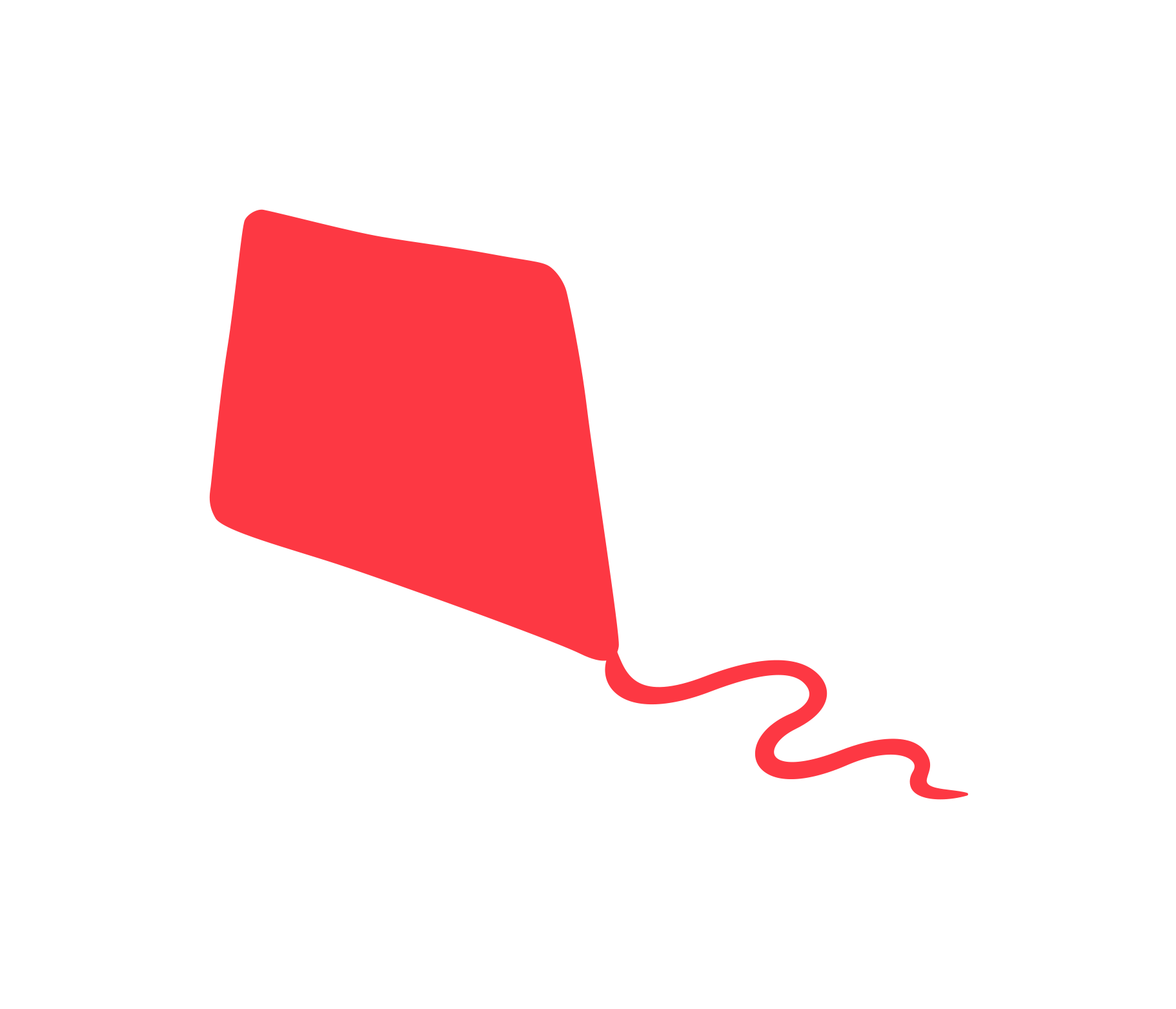I’m fundraising to support families facing childhood cancer
I’ve created this page because I want to make a difference. I’m inspired by the work that Redkite does and wanted to support them by raising funds through my event.
Help me help them by keeping an eye out for The Great Kite Auction website which will go live on October 27 https://hopeflies.isobellecarmody.net.au/the-kites-news-events/
It will be launched along with my new book at an event in Brisbane. From that date, we will unveil One kite a day on the website, with an interview with the creator. Once all the kites are visible, we will open the auction towards the end of October. Please Help us help kite by publicising the website and the event and Talking about the kites created by 30 wonderful Australian children's book illustrators and artists. The more people support Redkite, the more they can support children and families, so please share the auction website with your friends and family! Thank you for your support, it means a lot!
Please check out the blog posts and gallery below to see the kites and follow along
My Achievements

Updated Profile


Self Donated

Shared Page

Blogger

Reached fundraising goal

Increased target


My Updates

Thank you to all of those involved in the Hope Flies Project
Thursday 30th Jan Thank you for taking part in the Hope Flies Project.
‘The Nameless Girl’ – Shaun Tan
Tuesday 26th Nov

‘Song of my Ancestor’ – Sally Rasmussen
Monday 25th Nov

‘Hope’ – Gus Gordon
Monday 25th Nov

‘The Night Fox’ – Isobelle Carmody
Monday 25th Nov

‘Freedom’ – Bronwyn Bancroft
Monday 25th Nov

‘Flight of Fantasy’ – Paul Summerfield
Monday 25th Nov

‘The Strange Truth’ – Cat Sparks
Monday 25th Nov

‘The Resilience of Poppies’ – Inda Binda.
Monday 25th Nov

‘The Wish Cat’ – Cathy Larsen
Monday 25th Nov

‘What Would You Stand For?’ – Sara Phemister
Monday 25th Nov

‘Flying Gecko’ – Lucia Mascuillo
Monday 25th Nov

‘Plan B’ – Daniel Reed
Thursday 21st Nov

‘Hope is the thing with Feathers and Wings’ – Erica Wagner
Thursday 21st Nov

‘Mermaid’ – Kathleen Jennings
Thursday 21st Nov

‘Artefact’ – Jess Racklyeft
Thursday 21st Nov

‘Fidel’ – Judith Rossell
Thursday 21st Nov

‘Carpet Python: connector and healer’ – Matt Ottley
Thursday 21st Nov

‘Windy Day’ – Ken Searle
Thursday 21st Nov

‘Bird’ – Frané Lessac
Thursday 21st Nov

‘Electric Mouse’ – Graeme Base
Thursday 21st Nov

‘The Gift of Flight’ – Anne Spudvillas
Wednesday 6th Nov

‘Sumood’ – Safdar Ahmed
Wednesday 6th Nov

Isobelle’s Journal – Sydney Book Fair, a new poster from Redkite and Darkbane.
Wednesday 6th Nov

‘Flight of the Dragon’ – Tony Flowers
Wednesday 6th Nov

‘Kite Cat’ – Ann James
Wednesday 6th Nov

‘With the Brightest Stars’ – Anna Walker
Wednesday 6th Nov

‘Dragon Face’ – by David Miller
Wednesday 6th Nov

‘We, Australians – dream catchers’ – Sadami Konchi
Wednesday 6th Nov

‘Story-spark’ – Andy Geppert
Wednesday 6th Nov

‘Big Bird’ – Liliana Stafford
Wednesday 6th Nov

‘Amongst The Stars’ – Trace Balla
Wednesday 6th Nov

The Kite Auction is now live and Comes the Night is officially launched.
Wednesday 6th Nov
Thank you to my Sponsors

$7k
Erryn Marsay Georgina Breedon Jonathan Brett Lauren Honcope John Marsden Nigel Ellis Karen Hollands Katie Fraser Rebecca Green Maddy Devan Isobelle Carmody

$316.50
Stylo Foundation
With love and kindness from the Stylo foundation.

$137.15
Anonymous

$155
Mary Ross
I missed out on a kite but really want to support Isobelle's fundraising effort and the work of Redkite

$39.04
Anonymous

$39.04
Samantha

$111.83
Marianne De Pierres

$21.60
Anonymous

$111.83
Kerryn
A beautiful project Isobelle and Adelaide!

$56.97
Heather Giles

$56.97
Anonymous

$21.10
Fernanda Dahlstrom

$56.97
Melinda Richards
Wonderful cause to be supporting.









































